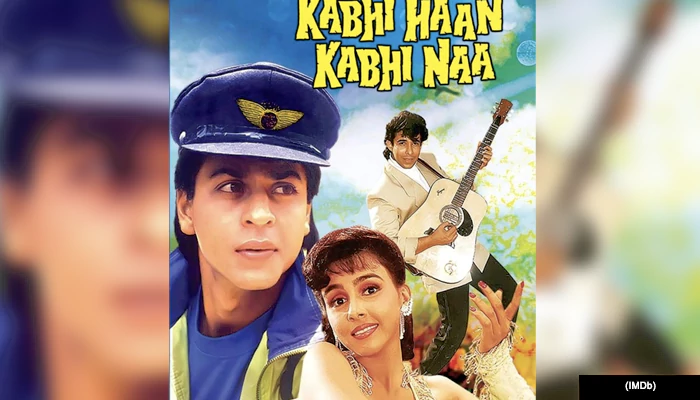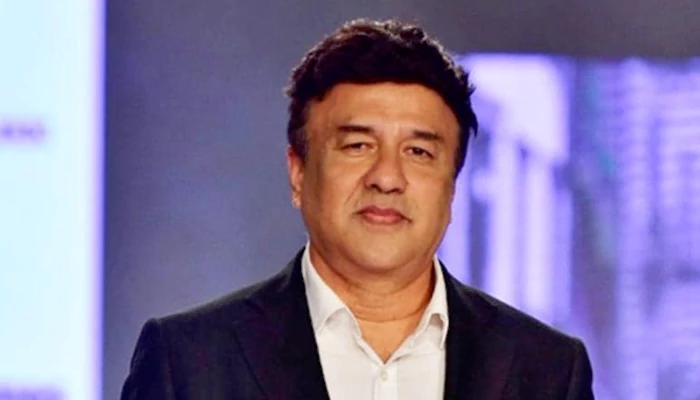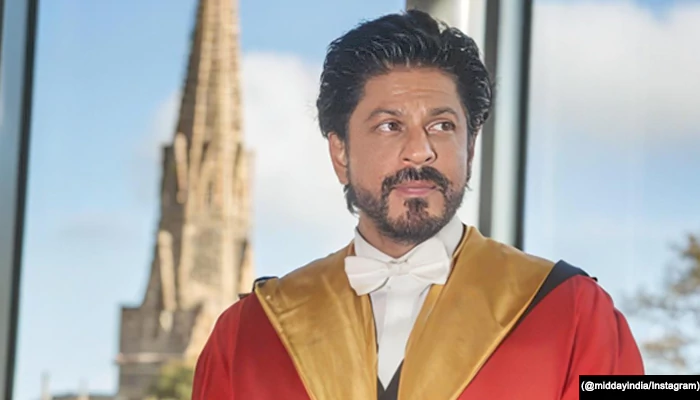On This Day - Manmohan Singh's Birthday: Know How He Shaped India's Economy In The Early 1990s
- Admin
- 2 years ago
- 3 minutes read

Singh, as India's finance minister, reformed the country's economy in 1991 during a severe economic crisis.
Manmohan Singh turns 91 today. The Indian politician served as the 13th Prime Minister of India from 2004 to 2014, becoming the country’s third longest-serving prime minister after Jawaharlal Nehru and Indira Gandhi. But not many (of today's generation) know that long before becoming the prime minister of India, Singh had made significant contributions to India as its finance minister.
Back in 1991, when India was experiencing a severe economic crisis, Manmohan Singh (under the leadership of the then prime minister PV Narsimha Rao) carried out several reforms to India's economy and shaped the country's entire socio-economic structure. This also made Singh popular as an economist in the international arena.
(Credit: theprintindia)
On the occasion of Singh's birthday, let's travel down history and learn how he revived India's economy.
Manmohan Singh - The Man Who Shaped India's Economy In The Early 1990s
India's economic policy, modeled after the ideas of former Prime Minister Jawaharlal Nehru, was in bad shape before the 1991 economic reforms by Manmohan Singh.
Former PM Indira Gandhi first recognized the problems of the economic policy. She tried to change the policy in 1967 but failed to succeed because of the opposition. Rajiv Gandhi, too, failed to bring reforms to the policy later.
The country's economy was at its worst in the year 1991. As a report suggests, "The fiscal deficit was eight percent of the GDP, the account deficit stood at 2.5, wholesale price inflation had risen up by a good 13 percent and retail inflation went even higher up the bend by a whopping 17 percent." Also, the Foreign Exchange Reserves was nearly 75 percent lower than what it was standing at a year earlier.
In such a situation, on July 24, 1991, the then finance minister Manmohan Singh came up with a new budget shifting India's economic policy from protectionism and socialism to liberalization. He said while introducing the budget, “I do not minimize the difficulties that lie ahead on the long and arduous journey on which we have embarked. But as Victor Hugo once said, "no power on earth can stop an idea whose time has come." I suggest to this august House that the emergence of India as a major economic power in the world happens to be one such idea. Let the whole world hear it loud and clear. India is now wide awake. We shall prevail. We shall overcome.”
Singh devalued the rupee first by nine percent and subsequently by 11 percent, providing a significant boost to trading and foreign investments. The RBI mortgaged India's gold holdings with the Bank of England, and markets were kept open for foreign investments. Also, he empowered The Securities and Exchange Board of India (SEBI), making it the sole regulator of the Indian market. On the other hand, he gave special concessions to software companies that were doing good in the industry. As a result, the Indian Software companies became a lot more cost-effective with time.
Singh increased corporate tax from 40 percent to 45 percent, which went on to benefit the government significantly.
All these policies helped revive the country's economy by the end of the decade. So, it goes without saying that Singh single-handedly saved India in times of distress.











